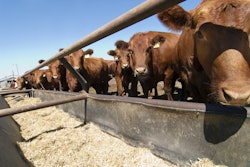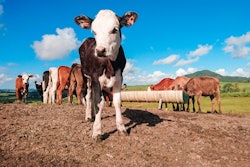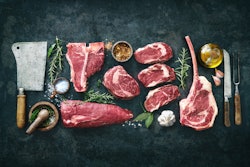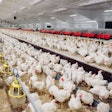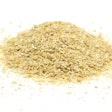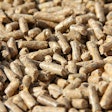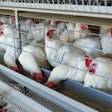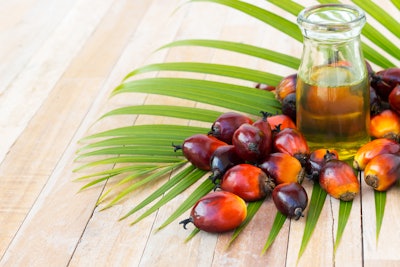
Palm oil is a major source of lipids for humans and animals. It is a global commodity and supports countless families in less developed countries. In other words, it is a big thing.
Recently, right or wrong, palm oil has received some negative criticism as a food ingredient. This is a matter to be discussed by human nutritionists, of course. However, what does not escape the casual consumer, such as myself, is that some packaged, processed foods have already incorporated a label indicating that they are not made using palm oil. They do not say why they thought this is needed as part of the package information, but the “sticker” is there. It affected my favorite brand of biscuits, for which I still have no idea whether it was using palm oil before the sticker appeared. All these labels are very confusing for the consumer and the lack of an authority deciding what is right or wrong is even more troubling.
When it comes to animals, good clients of palm oil are many dairy farms. The relatively low cost, high availability, and its good handling characteristics make it an ideal raw material for feed manufacturing. There is no connection yet between milk consumers and what cows eat. But, what if there is one in the future? Should we expect something similar? Will there be milk cartons or bottles with a sticker saying “no palm oil?” Is this going to be another marketing angle or is it real? I always advocated being proactive and not reactive. Some official body should take a position on the use of palm oil in animal feeds, and this should be done before it is taken up by marketing agencies.


